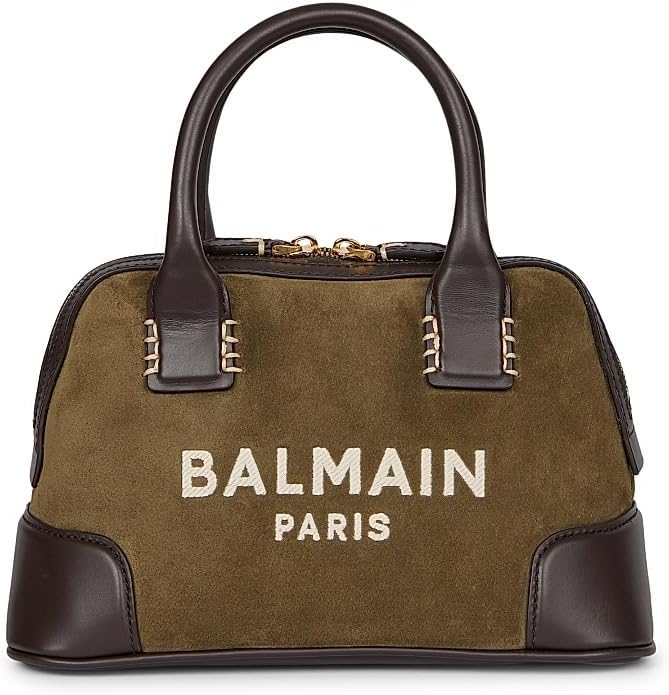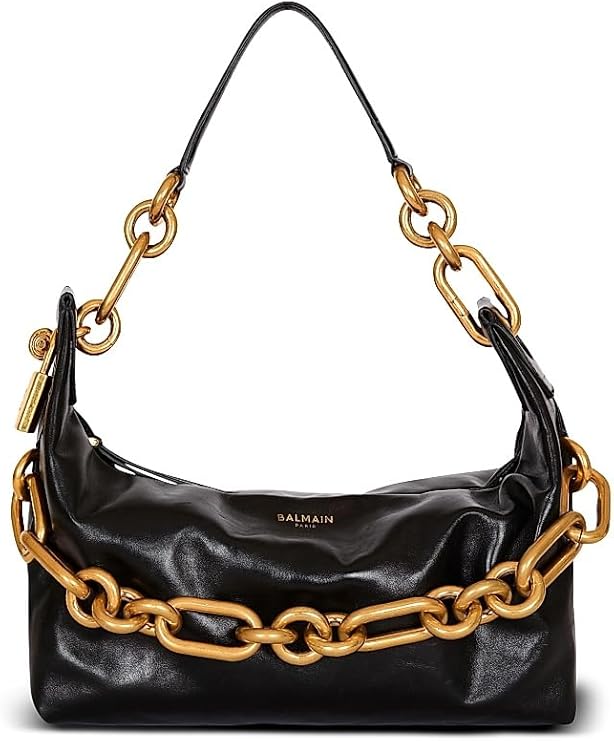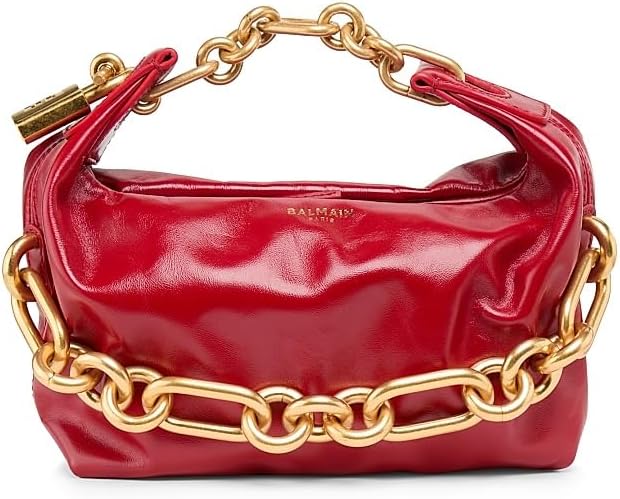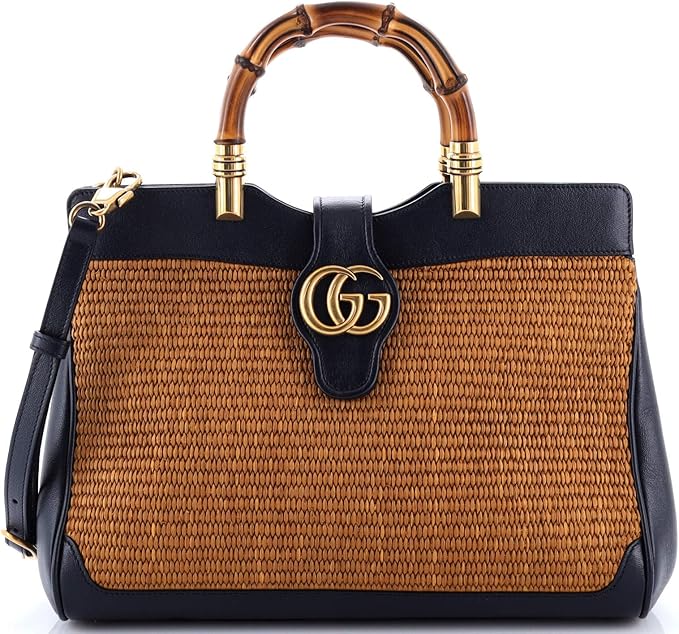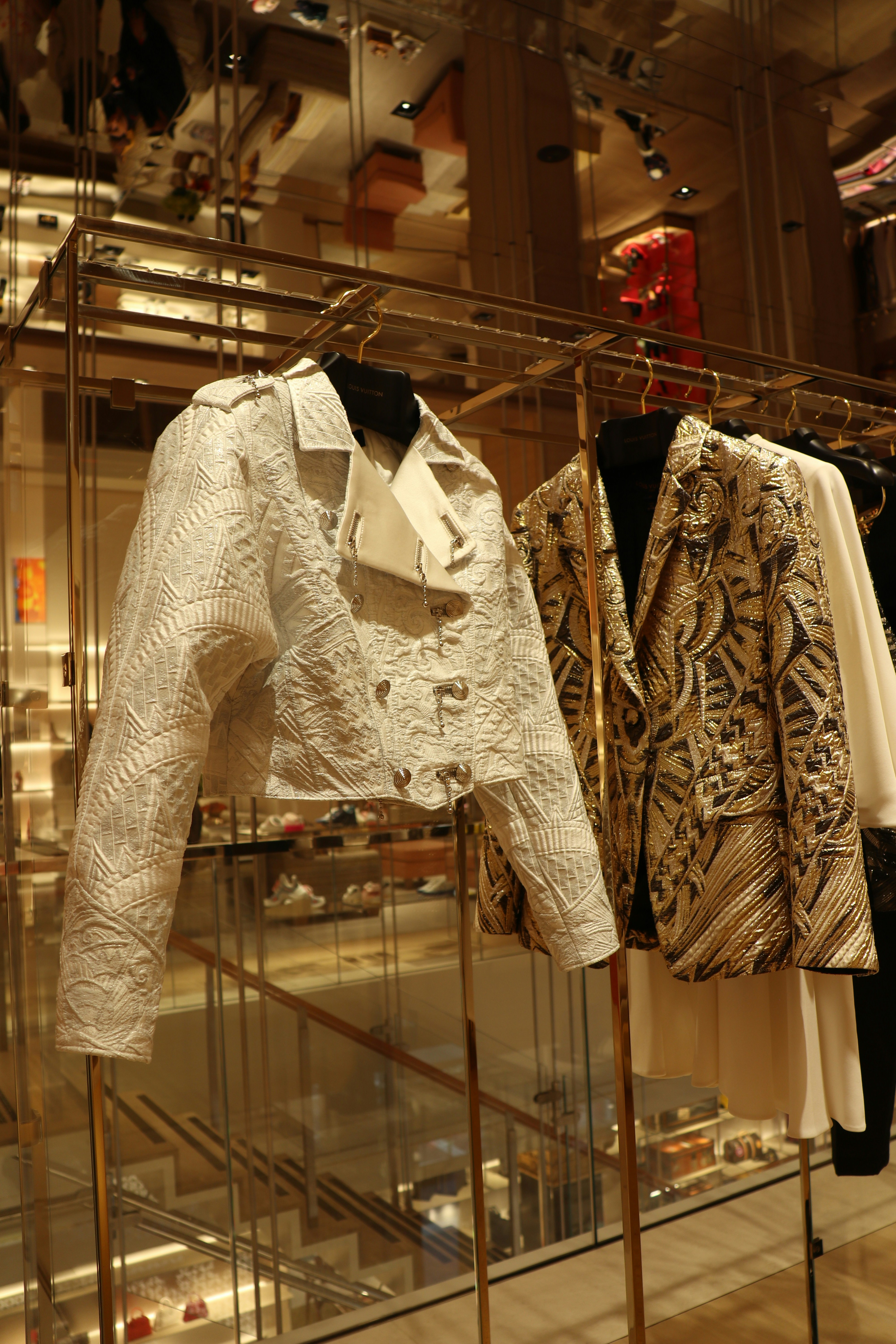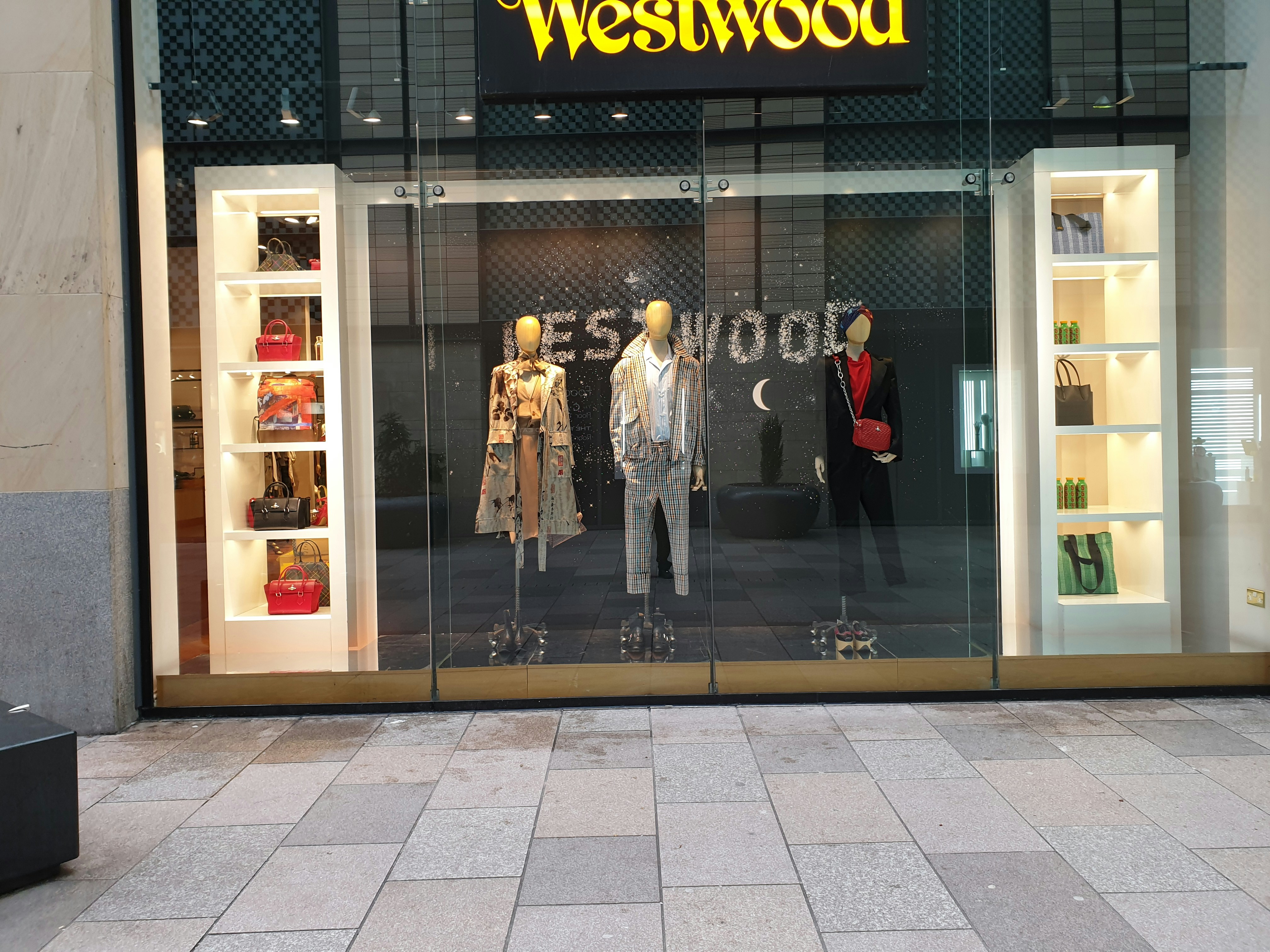The Early Days of Jean Paul Gaultier’s Rise to Fame
Jean Paul Gaultier’s journey into the world of fashion began in 1976, marking the start of a remarkable evolution in style and aesthetics. Raised in the vibrant milieu of Paris, Gaultier’s formative years were heavily influenced by the city’s eclectic culture. From a young age, he showed a keen interest in design, often drawing inspiration from his surroundings. Upon completing his studies at the School of Arts, he secured an apprenticeship at Pierre Cardin, experiencing firsthand the dynamics of haute couture.
In his early collections, Gaultier quickly distinguished himself through his innovative use of materials and structure. Combining traditional techniques with a modern twist, he embraced the idea that fashion should challenge conventional norms. His 1976 debut collection, characterized by its avant-garde silhouettes and unconventional layering, effectively set him apart from his contemporaries. Gaultier’s designs went beyond mere clothing; they were statements of individuality and rebellion, embodying the very essence of punk culture that was emerging during that era.
Punk culture had a profound influence on Gaultier’s work, allowing him to explore themes of androgyny and subversion. This influence was evident in his iconic use of safety pins, tartan patterns, and motifs that celebrated the unconventional. His daring approach resonated with a burgeoning youth culture seeking freedom from traditional fashion constraints. Gaultier’s early fashion shows were not without challenges, however. He faced skepticism from industry veterans who were hesitant to embrace his radical vision. Yet, his persistence led to recognition and praise, cementing his reputation as a provocateur in the fashion realm.
By infusing his collections with elements of his personal narrative, Gaultier cultivated a unique brand identity that appeared both relatable and extraordinary. This early phase of Gaultier’s career laid the foundation for a fashion legacy that continues to defy and inspire boundaries across the global fashion landscape.
Defining Features: Corsetry and Sailor-Inspired Couture
Jean Paul Gaultier’s oeuvre is marked by the innovative integration of corsetry and nautical motifs, which have come to define his approach to fashion. His use of corsetry transcends mere structural design; it is a powerful symbol of femininity and empowerment. Gaultier’s iconic cone bra, famously worn by Madonna during her Blond Ambition World Tour, epitomizes this blending of artistry and empowerment. The piece not only serves as a provocative garment but also challenges traditional perceptions of women’s bodies and attire. By reimagining the corset, Gaultier liberated it from its historical confines, transforming it into a contemporary emblem of strength and sexuality.
Furthermore, Gaultier’s sailor-inspired collections showcase an acute attention to craftsmanship, marrying functionality with aesthetic appeal. Drawing inspiration from maritime culture, he frequently incorporates elements such as stripes, anchor motifs, and naval uniforms, celebrating the interplay between fashion and the sea. These designs offer a distinct narrative, one that often reflects societal undercurrents and challenges cultural norms. For instance, his quintessential striped sailor shirt has become iconic, symbolizing both rebellion and conformity within fashion.
Gaultier’s work in these areas is not merely superficial; it often serves as a commentary on gender roles and societal expectations. By employing the corset, a garment historically associated with oppression, he repurposes it to signify empowerment. Similarly, the incorporation of nautical themes evokes a sense of adventure and freedom, allowing wearers to embrace their individuality while also connecting to broader cultural narratives. In essence, Jean Paul Gaultier utilizes corsetry and sailor-inspired couture to invite reflection on the evolving nature of fashion, ultimately redefining the boundaries of traditional design.
Provocative Fashion: Challenging Norms and Gender Boundaries
Jean Paul Gaultier has long been recognized for his role as a provocative voice in the fashion industry, consistently challenging established norms and redefining gender boundaries. From his early collections in 1976 to his more recent presentations, Gaultier has utilized fashion as a vehicle for exploring complex issues surrounding gender identity and sexuality. His designs often blur the lines between masculinity and femininity, creating garments that defy traditional categorizations.
A notable example of Gaultier’s exploration of gender comes from his use of hybrid silhouettes, which invite wearers to embrace a more fluid conception of identity. The designer’s introduction of skirts for men, alongside traditionally feminine garments displayed with masculine aesthetics, solicited both admiration and criticism from the public. This bold approach not only questions the rigidity of gendered clothing but also opens up dialogue surrounding the cultural constructions of gender, ultimately promoting greater acceptance of diversity in self-expression.
Gaultier’s runway shows further amplify his role as a catalyst for social change, often crafting theatrical experiences that leave lasting impressions. His iconic “Le Male” collection, featuring male models adorned in corsets and other traditionally feminine attire, challenged prevailing notions of masculinity while celebrating eroticism. These visually provocative shows frequently received global attention, drawing both praise and backlash from audiences and critics alike. Gaultier’s willingness to confront societal norms has positioned him as a significant figure in discussions about representation and inclusivity within the fashion world.
Throughout his illustrious career, Jean Paul Gaultier has demonstrated a profound commitment to challenging both fashion conventions and social norms. His work illustrates the necessity of deconstructing rigid gender binaries, championing a more expansive understanding of identity and self-expression that resonates with diverse audiences worldwide. In conclusion, Gaultier’s designs invite a broader acceptance of individuality and pave the way for future generations in fashion.
Legacy and Influence: The Lasting Impact of Jean Paul Gaultier
Jean Paul Gaultier’s influence on the fashion industry and pop culture extends beyond his tenure as a designer; it is a legacy that resonates through various facets of contemporary aesthetics and sartorial expression. Since his first collection debuted in 1976, Gaultier has consistently challenged conventional fashion norms, making him a pivotal figure in shaping the landscape of modern couture. His pioneering spirit led to the creation of iconic collections, such as the corset dress worn by Madonna during her Blonde Ambition tour, which not only solidified his status in the fashion world but also merged high fashion with music and pop culture.
Throughout his illustrious career, Gaultier has received numerous accolades, including the prestigious Chevalier of the Legion of Honour in France. His collaborations with renowned artists and brands have further amplified his impact, resulting in innovative projects that blur the lines between fashion, art, and performance. From his partnerships with the likes of Lady Gaga to his groundbreaking work on Jean Paul Gaultier Parfum, his contributions have reshaped how fashion is perceived in the contemporary context.
Moreover, Gaultier’s ethos of inclusivity and diversity has paved the way for a new generation of designers. Younger fashion creatives frequently cite him as a significant source of inspiration. His commitment to breaking gender norms and exploring subcultures in his designs encourages these emerging talents to embrace individuality and innovation in their work. This ongoing relevance is a testament to Gaultier’s ability to resonate with the evolving social narrative of fashion.
In conclusion, Jean Paul Gaultier’s distinctive vision and audacious approach have left an indelible mark on fashion and culture. His legacy is not merely a reflection of past achievements but a continual influence that inspires future generations in their quest for boldness and originality. As fashion continues to evolve, Gaultier’s contributions remain a touchstone for creativity and provocativeness in the industry.


